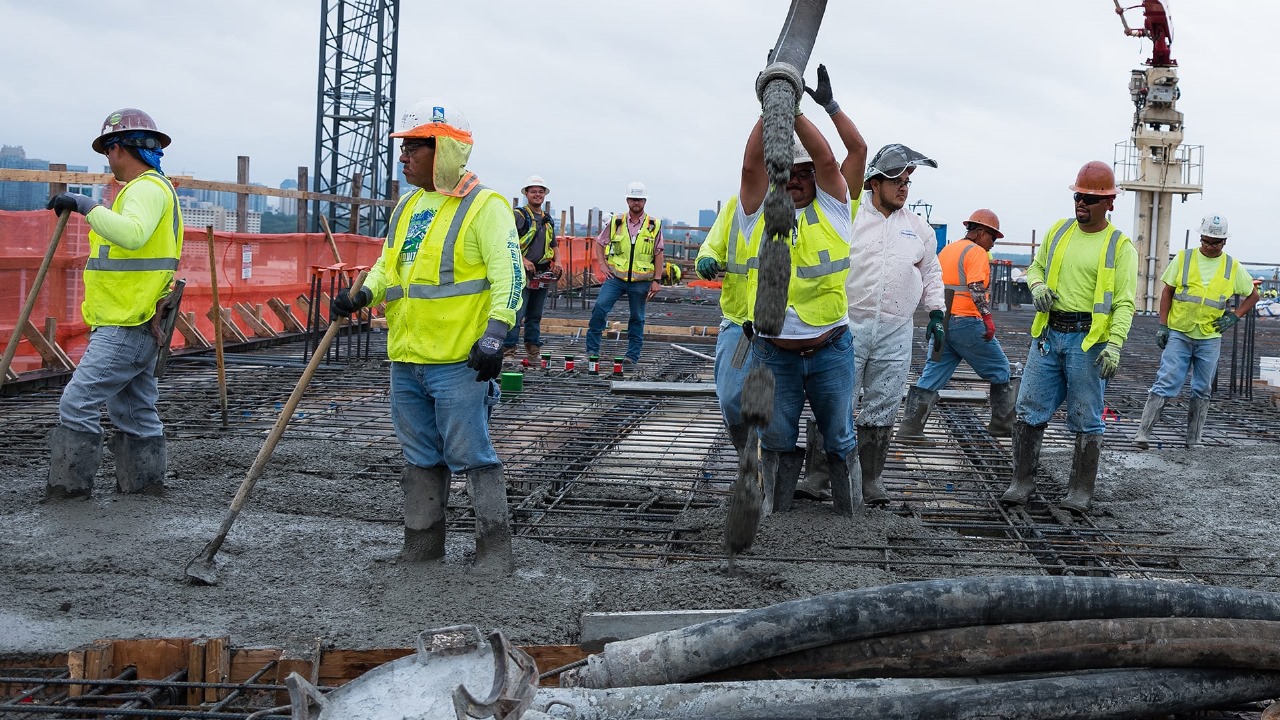Austin’s rapid growth and vibrant economy are closely linked to the strength of its construction industry. Beyond shaping the city’s skyline, austin construction plays a vital role in supporting local communities and businesses, driving economic development, creating jobs, and enhancing quality of life. As the city expands, the construction sector serves as a powerful catalyst for sustainable growth and community well-being.
This article delves into how Austin construction impacts local communities and businesses, highlighting its economic contributions, community engagement, and commitment to fostering a prosperous, inclusive city.
Economic Impact of Austin Construction on Local Communities
Job Creation and Workforce Development
One of the most direct ways Austin construction supports local communities is through job creation. The industry provides thousands of jobs across various skill levels—from laborers and skilled tradespeople to engineers and project managers. These employment opportunities help sustain families and contribute to reducing unemployment rates in the region.
Moreover, many construction firms partner with local training programs and apprenticeships to develop a skilled workforce. This emphasis on workforce development not only fills immediate labor needs but also promotes long-term career growth within the community.
Stimulating Local Businesses and Supply Chains
Construction projects require a wide range of materials, services, and subcontractors, many of which are sourced locally. By prioritizing local suppliers and subcontractors, Austin construction supports small and medium-sized businesses, helping them thrive and expand. This multiplier effect strengthens the local economy by circulating dollars within the community rather than outsourcing resources elsewhere.
Local vendors—from hardware suppliers to design firms—benefit from the consistent demand created by construction projects, ensuring a healthier, more resilient business ecosystem in Austin.
Enhancing Community Infrastructure and Livability
Building Affordable and Mixed-Use Developments
To meet the needs of Austin’s diverse population, the construction industry focuses increasingly on developing affordable housing and mixed-use spaces. These projects provide essential living options for residents across income levels, supporting social equity and preventing displacement.
Mixed-use developments combine residential, commercial, and recreational spaces, fostering walkable neighborhoods and vibrant local economies. By creating places where people can live, work, and play, Austin construction contributes directly to community cohesion and improved quality of life.
Improving Public Spaces and Amenities
Construction also extends beyond private development to public infrastructure projects such as parks, schools, transportation, and community centers. These investments enhance public amenities that residents rely on daily, boosting community health, safety, and connectivity.
For example, modernized transit facilities reduce traffic congestion and pollution, while upgraded schools provide better learning environments. Each project strengthens Austin’s community fabric and creates shared value for all residents.
Commitment to Sustainable and Inclusive Building Practices
Supporting Minority- and Women-Owned Businesses
A growing priority in Austin construction is fostering inclusivity by supporting minority- and women-owned businesses. Many contractors actively seek partnerships with diverse suppliers and subcontractors to ensure equal opportunities and broaden community participation in economic growth.
This inclusive approach not only reflects Austin’s diverse population but also drives innovation and strengthens business networks within the construction sector.
Community Engagement and Transparency
Successful construction projects involve clear communication and collaboration with local residents and stakeholders. Austin builders increasingly engage communities early in the planning process, addressing concerns and incorporating feedback to minimize disruption and maximize benefits.
Transparent dialogue builds trust and ensures that construction efforts align with community needs and values, resulting in more harmonious and sustainable development.
Challenges and Future Opportunities
Despite the positive impacts, Austin construction faces challenges in balancing growth with community needs, such as:
- Managing affordable housing shortages amid rising demand
- Mitigating construction impacts like noise, traffic, and pollution
- Navigating regulatory complexities while maintaining project timelines
However, these challenges also present opportunities for innovation and leadership. Embracing smart growth strategies, investing in green building practices, and strengthening community partnerships will be key to advancing Austin’s sustainable and inclusive development goals.
Conclusion: Building Stronger Communities Through Austin Construction
Austin construction is much more than erecting buildings—it’s about constructing a foundation for thriving local communities and businesses. By creating jobs, supporting local suppliers, enhancing infrastructure, and prioritizing inclusivity and sustainability, the industry plays an indispensable role in shaping Austin’s future.
For builders, contractors, and stakeholders, the mission is clear: continue building projects that not only elevate the city’s skyline but also empower the people and businesses that make Austin unique. Together, through thoughtful construction practices, Austin can grow as a prosperous, connected, and resilient community for all.
